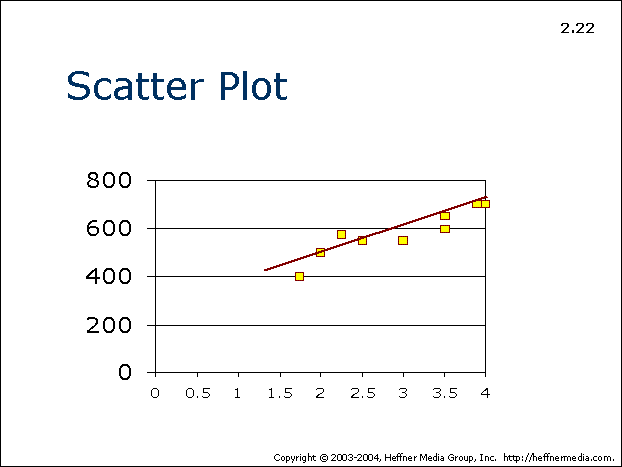
How Deep Is the Link Between Bright Colors and Positive Emotions?
If I asked you to paint a picture that captured the emotion of happiness, dark blue probably isn’t the first color of paint you would reach for. In fact, I’d guess that more likely than not, your painting would be heavy on bright colors like yellow and orange.
Instinctively, certain colors tend to conjure up certain kinds of emotions in us. For example, a 2016 study found that exposing people to the color pink seems to make them temporarily more optimistic, suggesting there really is something to the idea of seeing the world through rose-colored glasses.
How deep do these associations between color and emotions run, though? Are they influenced by our culture, or are they something more innate?
Recently, a team of researchers in Austria and Japan tackled this question with a paper titled The Universal and Automatic Association Between Brightness and Positivity. Yes, spoiler alert: the researchers concluded that the link between bright colors and positive emotions seems to be, well, universal and automatic. That is, the sensation that bright colors go hand-in-hand with upbeat emotions may run pretty deep.
Let’s start with the “universal” part of “universal and automatic.” The researchers surveyed people in two fairly different cultures: Austria and Japan. At least in these two cultures, the researchers didn’t find any evidence that the link between brightness and positivity is cultural.
Of course, Austria and Japan are only two countries, so this isn’t the final word on whether the link holds up in all cultures. But for now, the study doesn’t give us any reason to believe that the association between bright colors and positivity is culturally determined.
So what about the “automatic” part of “universal and automatic”? The study probed both people’s conscious, explicit associations between brightness and positivity, and their subconscious, implicit associations between colors and emotions. While people tended to both explicitly and implicitly group bright colors with positive emotions, the implicit connections they drew between brightness and positivity were even stronger than the explicit ones, suggesting that the association between bright colors and positive emotions occurs largely on a subconscious, automatic level.
When it comes to the emotional overtones that colors carry, brightness isn’t all that matters. Last year, for example, a study found that how saturated a color is also changes the emotional associations it has. Still, this latest study reveals that, even after taking saturation into account, there’s a correlation between bright colors and emotional positivity that may well be “automatic” and “universal.”
Image: Flickr/Cecixx19